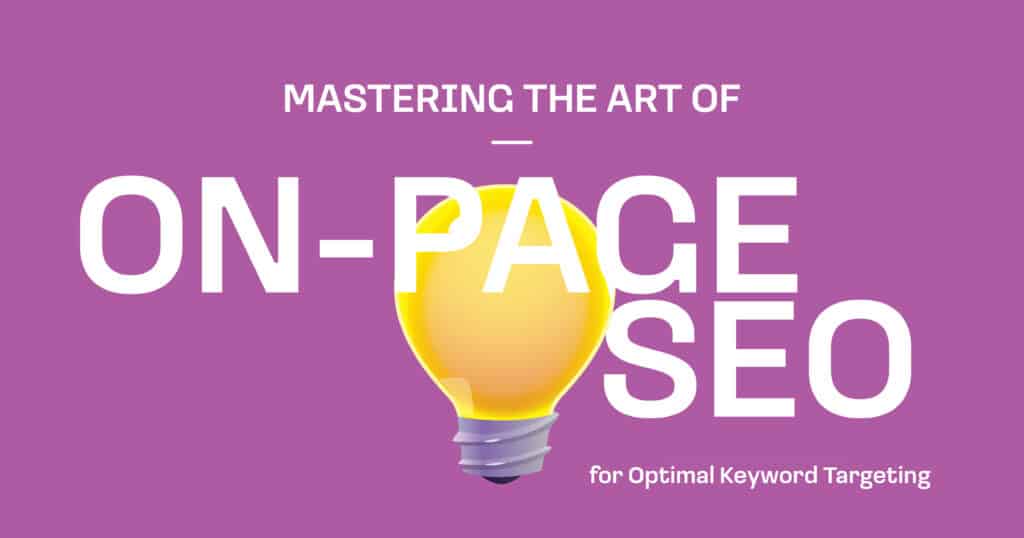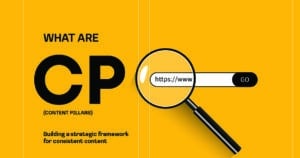Ranking high on Google doesn’t happen by accident. It takes intention, strategy, and a solid grasp of On-Page SEO. Whether you’re running a business, managing a blog, or building your brand, knowing how to optimize each page on your site can make or break your visibility online.
At BloomHouse Marketing, we believe that mastering On-Page SEO isn’t just about pleasing search engines; it’s about creating a better experience for your readers, too. So, let’s walk through everything you need to know, from keyword research and meta tags to ALT text optimization and URL structure. We’ll even give you trusted resources to boost your learning.
The Importance of Keyword Research in On-Page SEO
Before you write a single word, you’ve got to know what your audience is searching for. Keyword research is the foundation of any strong SEO strategy. It’s how you find those golden search terms that people are typing into Google.
Think of keywords as the bridge between what people are searching for and what your content offers. Use tools like Google Keyword Planner, Ubersuggest, or Ahrefs Free Keyword Generator to discover high-volume, low-competition keywords and naturally weave them into your content optimization strategy.
Also, consider search intent. Are people looking for information, a product, or a service? Tailor your content to match that intent. Informational keywords often start with “how to” or “what is,” while transactional ones include terms like “buy,” “discount,” or “near me.”
Crafting Compelling and SEO-Friendly Title Tags
Your title tag is your digital handshake. It’s the first thing users and search engines see. A substantial title tag includes your target keyword, clearly describes your content, and entices users to click.
For example, instead of “Blog Tips,” go for something like “Master Blogging Success: 10 Tips for Better Engagement.” The keyword is there, specific, and draws the reader in. Bonus tip? Keep it under 60 characters so it doesn’t get cut off in search results.
According to Google’s SEO Starter Guide, concise and relevant titles help Google understand your page and serve it to the right users. It’s not just about grabbing attention, it’s about delivering on expectations.
Optimizing Meta Descriptions for Better Click-Through Rates
Sure, meta descriptions don’t directly affect rankings, but they can influence whether someone clicks on your link. Think of them as your content’s elevator pitch.
Use your main keyword early in the sentence, summarize what the user can expect, and include a subtle call to action. Keep it under 160 characters. Want inspiration? Check out Moz’s guide to meta descriptions.
Great meta descriptions speak directly to the searcher’s needs. If someone is looking for On-Page SEO tips, they’ll click on the result that makes a compelling promise and sounds like it will solve their problem.
The Role of Header Tags in Structuring Content
Header tags (like H1, H2, H3) aren’t just about visual hierarchy, they’re crucial for SEO too. They help search engines understand your content structure and make your content easier to scan for users.
Your H1 should be your main title, followed by H2s for main sections and H3s for sub-points. Don’t stuff keywords; use them naturally in your headers where they are relevant.
Google values content that’s easy to read and well-organized. Following proper header structure is a core part of SEO best practices. Want more guidance? Yoast’s SEO basics on headings is a solid read.
Utilizing Internal Linking to Boost Relevance and Authority
Internal linking is like giving Google a map of your website. Linking to other relevant pages within your own site helps search engines crawl your content more effectively and keeps users engaged longer.
Let’s say you’re writing about content strategy, link to your blog post about content optimization, or your services page. Just make sure the anchor text is descriptive and relevant.
According to Search Engine Journal, internal links distribute authority throughout your site and guide users to high-value pages. This boosts SEO and improves user experience.
The Impact of Mobile Optimization on On-Page SEO
Here’s the truth – if your site isn’t mobile-friendly, you’re already behind. Google’s algorithm prioritizes mobile optimization as a major ranking factor. That means fast load times, responsive design, and touch-friendly navigation are non-negotiable.
Use tools like Google’s Mobile-Friendly Test to identify any issues. Also, ensure your buttons are large enough to tap, your fonts are legible, and your layout adjusts gracefully across devices.
According to Statista, more than 60% of all web traffic now comes from mobile devices. Don’t lose half your audience over poor mobile UX.
Best Practices for Image Optimization and Alt Text Usage
Images are powerful, but only if they’re optimized correctly. Compress images so they don’t slow down your site, use descriptive file names, and most importantly, add ALT text.
ALT text optimization helps visually impaired users and gives search engines more context about your content. Instead of “image1.jpg,” go for “seo-keyword-research-chart.jpg.” It’s a simple but essential part of SEO best practices.
For more guidance, the W3C’s Web Accessibility Guidelines provide excellent examples of crafting meaningful ALT text.
Ready to Boost Your Website’s Visibility?
You don’t have to do it alone. At BloomHouse Marketing, we specialize in smart, strategic On-Page SEO that gets real results. Whether you need help with meta tags, URL structure, or a full content optimization overhaul, we’ve got your back.
Let’s make your site irresistible to search engines and your ideal audience. Contact BloomHouse Marketing today for a free SEO audit and personalized strategy session.
FAQs
How can meta tags improve my SEO efforts and increase website traffic?
Meta tags help search engines understand the content of your pages. When written well, they also improve your click-through rates by enticing users to visit your site.
What are the best content optimization techniques to enhance search engine visibility?
Use relevant keywords naturally, structure content with headers, write compelling titles and meta descriptions, and ensure your content is valuable and user-focused.
How does internal linking contribute to effective SEO and user engagement?
Internal links help search engines crawl your site more efficiently and guide users to more relevant content, increasing time on site and decreasing bounce rates.
What are the SEO best practices for optimizing ALT text on images?
Describe the image clearly and include relevant keywords without stuffing. ALT text should help search engines and visually impaired users understand the image’s purpose.
Why is a well-structured URL important for search engine ranking and user experience?
Clean, keyword-rich URLs are easier for search engines to index and for users to understand. Avoid long strings of random characters and keep your URLs descriptive.









